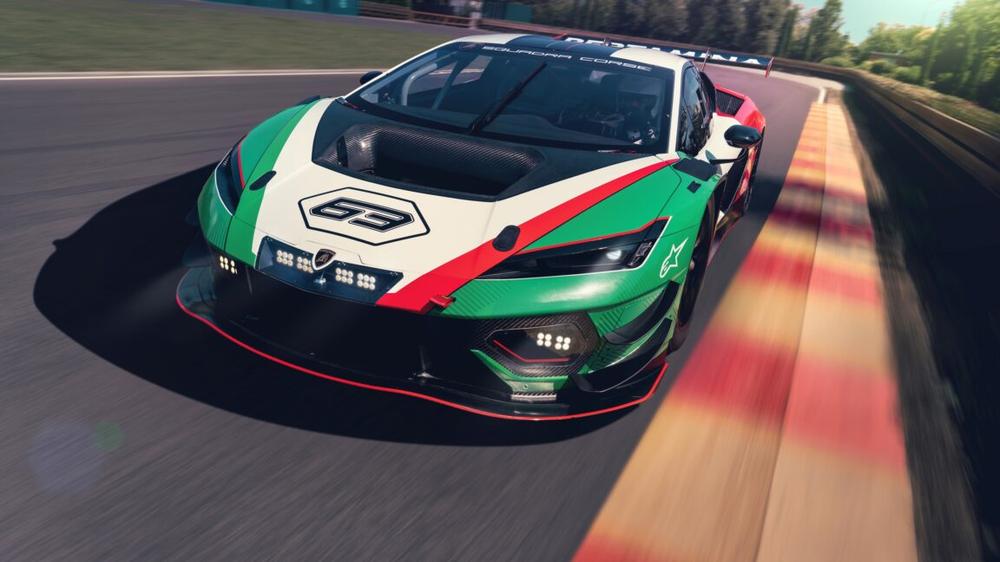The Goodwood Festival of Speed is currently taking place in the UK; the event is part garden party, part hill climb, and plenty of auto show as car makers small and large unveil their vehicle du jour. Among those whipping satin covers off new machinery was Lamborghini. It's replacing the venerable Huracan and its howling naturally aspirated V10 engine with the plug-in hybrid Temerario, another wedge-shaped all-wheel drive mid-engined supercar, now with even more power. The road-going car has been public for some time now, but today it was the turn of the Temerario GT3, which is coming to race tracks in 2026.
Critics and badge snobs sometimes look down on Lamborghini because, unlike the other Italian sports car builders, it didn't start life as a race team. That's not to say the company hasn't had racing success, but it's all happened this century, thanks to a category called GT3, for racing versions of performance coupes ranging from Ford Mustangs to Porsche 911s. GT3 cars are designed to be driven by amateurs, so they feature driver assists like antilock brakes and traction control. They're "performance balanced" so that they're all fairly equivalent in terms of lap times.
That's not to say they're slow: In the hands of a top-level professional driver, GT3 cars based on road cars are now as fast as the mighty Group C prototypes of the 1980s. Lamborghini's current car is old, but it's still notching up wins—two weekends ago, Grasser Racing took victory at the 24 Hours of Space with its Huracan GT3. Some of the same drivers had the potential to do well the weekend before at the Nürburgring until one of them chose to ignore multiple red flags during a practice session that rightfully earned that car a grid penalty.
Thanks to performance balancing, older GT3 cars like the Huracan are still competitive. But with the road car out of production, it was obvious that a racing version of its replacement was called for.
"The Temerario GT3 has been designed with the end user in mind," said Lamborghini Chief Technical Officer Rouven Mohr. "Everything has been considered, from the efficiency of the aerodynamics to the power curve to the way in which the team is able to operate the car. The car operates in a slightly different area of the performance windows, which are used to balance the cars of different configurations compared to its predecessor. We are confident that it will be competitive in terms of lap time, while also nice to drive in a wide range of conditions, including at night and in the rain. The development team has worked hard to ensure the car has a wide operating window and that the teams are better able to work on it."
The hybrid system is gone—too complex for customer racing, not to mention far too heavy. And again, with its balance of performance, it's not like the Temerario GT3 would be allowed much more than half of the road car's 907 hp (676 kW). The 4.0 L twin-turbo V8 stays, albeit limited to just 550 hp (410 kW), and there's a new six-speed racing transmission that sends power to the rear wheels. The bodywork is designed for rapid replacement—rubbing isn't really racing, but contact happens, and the faster you can fix it, the better.
These customer racing cars are even a decent little money-spinner for Lamborghini. The company sold more than 200 Huracan GT3s, and probably at least that many Super Trofeo cars, which race in a one-make series and don't have the restrictions of the GT3 category.

 Avvistato in Cina il nuovo SUV elettrico AUDI: debutto nel 2026 | Foto spia
Avvistato in Cina il nuovo SUV elettrico AUDI: debutto nel 2026 | Foto spia